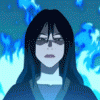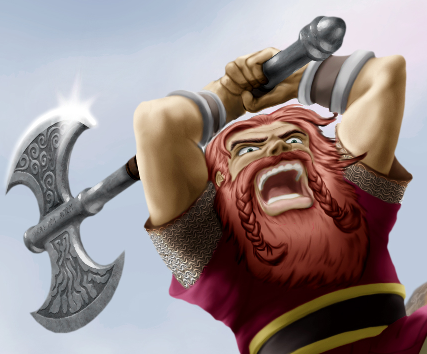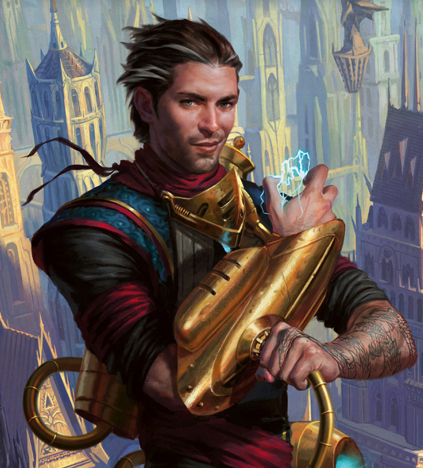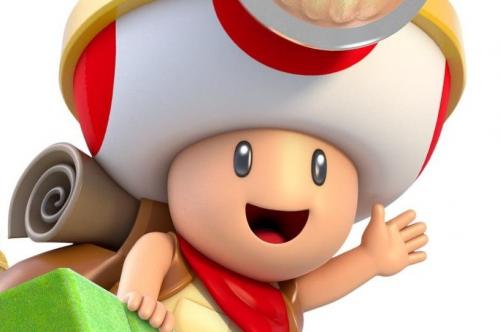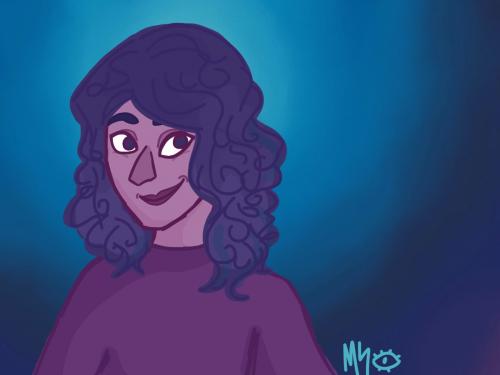I suppose that's true of Bolin, especially in this book -- maybe it just feels that way because while things happened to him this time around, his actual personality never changed much. Asami, yes, is the most underdeveloped main character. Lots of the supporting characters (Beifongs) get more attention than Asami.
My basic point is that Asami's ending will color any rewatches of the series in the future. If you know it is her destiny to become Korra's love interest at the end, that will seem to justify her being a wall flower.
However, this interpretation I completely disagree with. Even if Asami is a flat character (which she is), to say that her only destiny on the show is to become the love interest is absurd and insulting. Asami is underdeveloped -- but not a dependent trophy wife. She's a smart, independent character. She has limited scenes, but she doesn't just sit there and look pretty. When treated badly, she asserts herself. She doesn't need anyone else. She has her own things going on, and she successfully remained unattached for more than half the show. Her story arc, while limited, in no way fits the "designated romance" trope.
There's was no cliche getting-together-for-good moment at the end. Korra and Asami are at that stage right before either party admits their feelings -- when you're still really good friends and probably want to be more, but haven't made that final jump. Their friendship has been built up slowly through the course of the entire series. A stark contrast to Korra and Mako's instantaneous "I really like you and I think we're meant to be together." Did Asami deserve more scenes? Heck yeah. But to say that Asami's just a trophy wife is, frankly, a big pile of bull.
I think that's one of the more realistic relationships on the show, purely because they spend time as friends first -- if Korra and Mako had actually built up rapport for a while before diving into "true loveeeee" then that relationship would have been way more palatable.
They had actually intended to write Asami off the show after Book 1. Which is probably why they didn't know what to do with her after that.
She was originally meant to be an Equalist agent. She was supposed to flirt with Mako purely to get close to the team -- and by extension, Korra. She was going to help Amon try to defeat the Avatar. After which, she'd disappear from the series -- going to jail with Hiroshi. But the writers decided that it was kind of cliche to make the "rival female" into an actual enemy.
I would have liked to see Equalist Asami, but only if she redeemed herself and joined the team at the end of Book 1. Oddly, I think Equalist Asami would have been even more independent than canon!Asami. Because then she would have joined without any emotional baggage attached, and no one would have seen her as "the girlfriend." And if they'd made Asami a chi-blocker -- like an older femme fatale version of Ty Lee -- she could have gotten more use.
Alas.
This is a complete tangent, but it feels like bending had some power creep go on between ATLA and Korra. HOWEVER, he bender powers really aren't that different. ATLA concluded with Sokka AND Suki kicking ass, so as bizarre as it sounds...I think what actually happened is non-benders got nerfed.
I think it's a little bit of both. There are way more specialized benders in LoK -- especially lightningbending, which was previously considered an immensely dangerous art that only certain people could master.
To a degree, bending getting "more powerful" makes some sense. Bending isn't an RPG spell tree where you unlock more talents and subskills as you get stronger. Bending is fluid. Inventing a sub-skill of bending is largely dependent on ingenuity rather than raw power. Toph invents metalbending because she could -- in her blindness -- see things that others would typically miss. In the comics that take place after ATLA, she opens a metalbending school. So even lesser mooks can learn to do it. What is "special" in ATLA naturally becomes more common by the time of Korra.
But non-benders definitely took a hit. Which isn't to say that benders didn't take precedence in ATLA -- Sokka had fewer big action scenes than all the others. But between Sokka, Ty Lee, and the Kyoshi Warriors, they got a fair number of shining moments throughout the series. In Korra, they just dropped off the radar. Asami could have been cool, but was underutilized.
What's really weird about that is even while non-benders did become relatively less powerful than benders between series, the bending we saw on Korra was always less powerful than what you'd see on TLA. Consider scenes like Aang stopping a volcano or Korra freezing rain in mid-air.
And yes, that's what especially weird. Everything seemed like it was more of a struggle than it should have been. Korra was supposedly a better bender than Aang (due to age and eagerness to fight), but she gets defeated left and right. Bad stuff happened to Aang too, and he didn't really throw down until about Book 3, but it felt like he had way more victories along the way. Where Korra -- despite all her power -- felt like she lost most of her important fights. And any big victories came with at least some kind of loss. Even Mako and Bolin's bending was kind of ho-hum.
Which is doubly sad, given how much older these characters were than the team in ATLA.
At first I attributed Korra's failings to her relationship with Mako -- they liked to have Mako rush in and "save his lady love" in true melodramatic fashion, so Korra would accordingly fail at something to allow that. After that? I don't know. It felt like she was unnecessarily struggling the whole time. Which, given the scenes where she does throw down, makes no sense. Because when Korra's at the top of her game, she does tend to outshine Aang. Both in and out of the Avatar State.
The writers usually make really good female characters, but they'd never done a female lead before. Maybe they had some awkwardness there? I don't know. But for how powerful she actually is, Korra was kind of shit on. That bothered me a lot throughout the series.
But, final review of show: Lots of good themes and ideas, but all awkwardly and messily executed.


